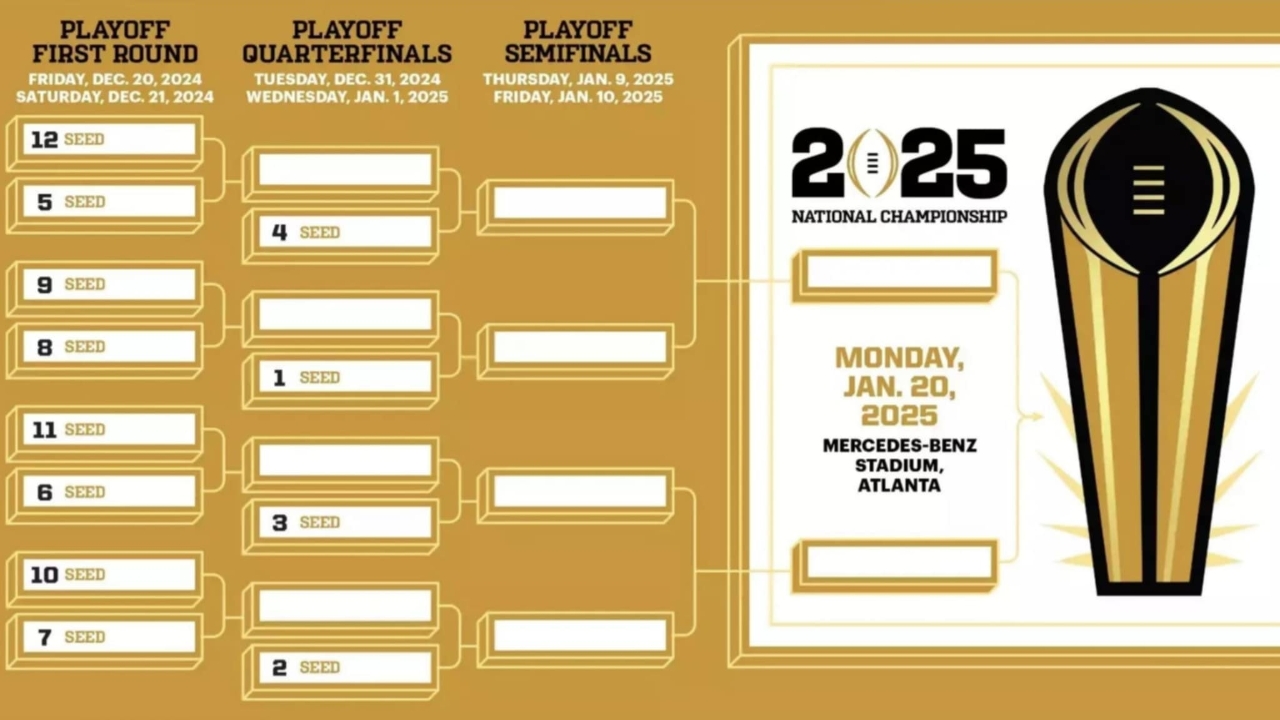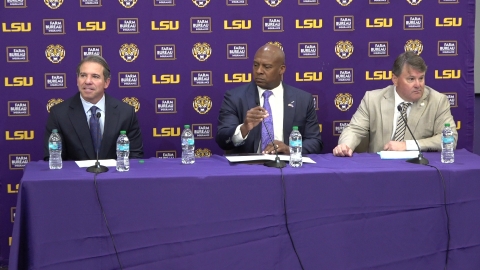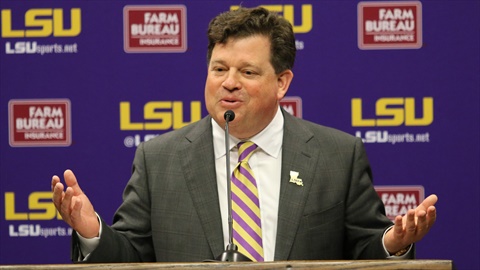
Wake up college football fans - it’s game week!
Week 0 of college football starts Saturday, and while there aren’t many marquee matchups to boast, this does mark the beginning of a college football season where the sport has undergone some massive changes.
I believe this is the most change I’ve seen in my lifetime—possibly since the invention of the forward pass. While it’s impossible to truly quantify these changes, if you have a year that tops this, I’d love to hear about it in the comments. I’d love to be proven wrong.
So what exactly is all this fuss about? Let’s break it down.
1. An Expanded College Football Playoff
This is the biggest change. There are many changes on this list that would be the biggest most years—but not 2024. A 12-team playoff that guarantees a G5 team utterly changes the landscape of college football.
Essentially, each game is no longer a must-win—or in Florida State’s case, a must-win impressively. This means two and three-loss teams will regularly make the playoffs. For example, in 2022, Kansas State would have gotten in as a three-loss at-large team, and Utah would have made it in with three losses.
It also guarantees the best G5 champion has an opportunity to compete with the big boys. So no more goofy “claimed” National Championships—sorry UCF.
This doesn’t even scratch the surface of issues like how teams will change their scheduling strategies, home-team playoff games, potential restructuring of bowl games, and possibly even a future G5 playoff bracket.
This expanded playoff will have much more impact than the four-team playoff and the introduction of the BCS combined. The only changes to college football I can recall that top this are possibly NIL and the transfer portal.
2. The Pac-12 Conference is now a Pac-2
This is the first of a handful of changes that fall under the umbrella of conference realignment. We’ve seen major conferences get dissolved before, like the Big East. But what happened to the Pac-12 is utterly bizarre.
For the first time, a conference will operate as a two-team conference, with Washington State and Oregon State being the sole inhabitants. They’ve partnered with the Mountain West to fulfill schedule obligations but will not be eligible for the Mountain West Championship.
The Pac-2 is truly an anomaly we (hopefully) will not see ever again.
3. Texas and Oklahoma join the SEC
There are many significant teams joining a new conference this year, but this was the domino that started it all. Two bonafide blue bloods will now be joining the most elite conference in college football.
How impactful was this move? It left such a void that somehow a conference that neither team had ever been a part of got dismantled.
4. We now have multiple major coast-to-coast conferences
Cal at Boston College and USC at Rutgers will now become regular conference rotations. Both the ACC and Big 12 are officially coast-to-coast conferences. College athletics is a bizarre world.
5. No more SEC divisions
The SEC was the first conference to split into divisions in 1992. And since 2012, no one quite matched the madness of an 8-team conference schedule with one rotating opponent.
That madness ends this year, with each of the 16 SEC teams now having three permanent opponents and five rotating games with no divisions. Good riddance!
6. Two-minute warning makes its way to college football
In most years, this would make headlines as a major rule change. This is a massive change for teams trying to put together a game-winning drive or perhaps put a game away.
So was this rule added to generate more end-of-half excitement or generate more revenue with an additional commercial break? I think we all know the answer.
7. SEC TV contract ends with CBS
This is truly the end of an iconic era. Since 1996, the SEC matchup of the week aired on CBS. Well, it’s time to say goodbye to Gary Danielson and Brad Nessler and hello to a litany of broadcasters on the ESPN/ABC network.
CBS will now air Big 10 games in that 2:30 timeslot. While CBS was far from perfect, something just feels off about getting ready to watch Iowa-Ohio State to those iconic CBS horns.
8. Radio headsets in helmets
I’d argue this one is long overdue since the NFL has had it for years and the majority of Power 4 teams have had the resources to do it for just as long. In fact, had this rule been in place, it’s possible the entire Connor Stalions scandal at Michigan never happens.
Welp, gone are the days of goofy play call signs with Lee Corso and Iron Man on them. Now coaches can call plays directly into the quarterback’s helmet.
9. Nick Saban Retires
After 15 consecutive top-10 finishes and seven national titles, the greatest coach in the history of the sport has completed his reign of terror. Alabama has won 11 or more games for 13 straight seasons. It’s truly an unprecedented stretch in college football.
How long will that stretch continue under Kalen DeBoer? We’ll get a good glimpse of the future of the program this year, but I think most would agree it’s highly unlikely any coach could come in and repeat the success of Nick Saban.
Essentially, to beat Alabama since 2008, you either needed a championship-caliber team or a near-perfect game. Of the 23 losses in that stretch, ten came from teams that went on to play in the national championship.
Suffice it to say, not having a perennial juggernaut like that around changes the landscape of college football.
10. EA College Football video game is back
And of course, the largest NIL deal ever has arrived. Even if you have zero interest in the game, the fact is it has a massive impact on the sport—particularly with young kids learning the sport.
And with the game soaring past half a billion in sales earlier this month, the financial impact will grow even larger as time goes on.


